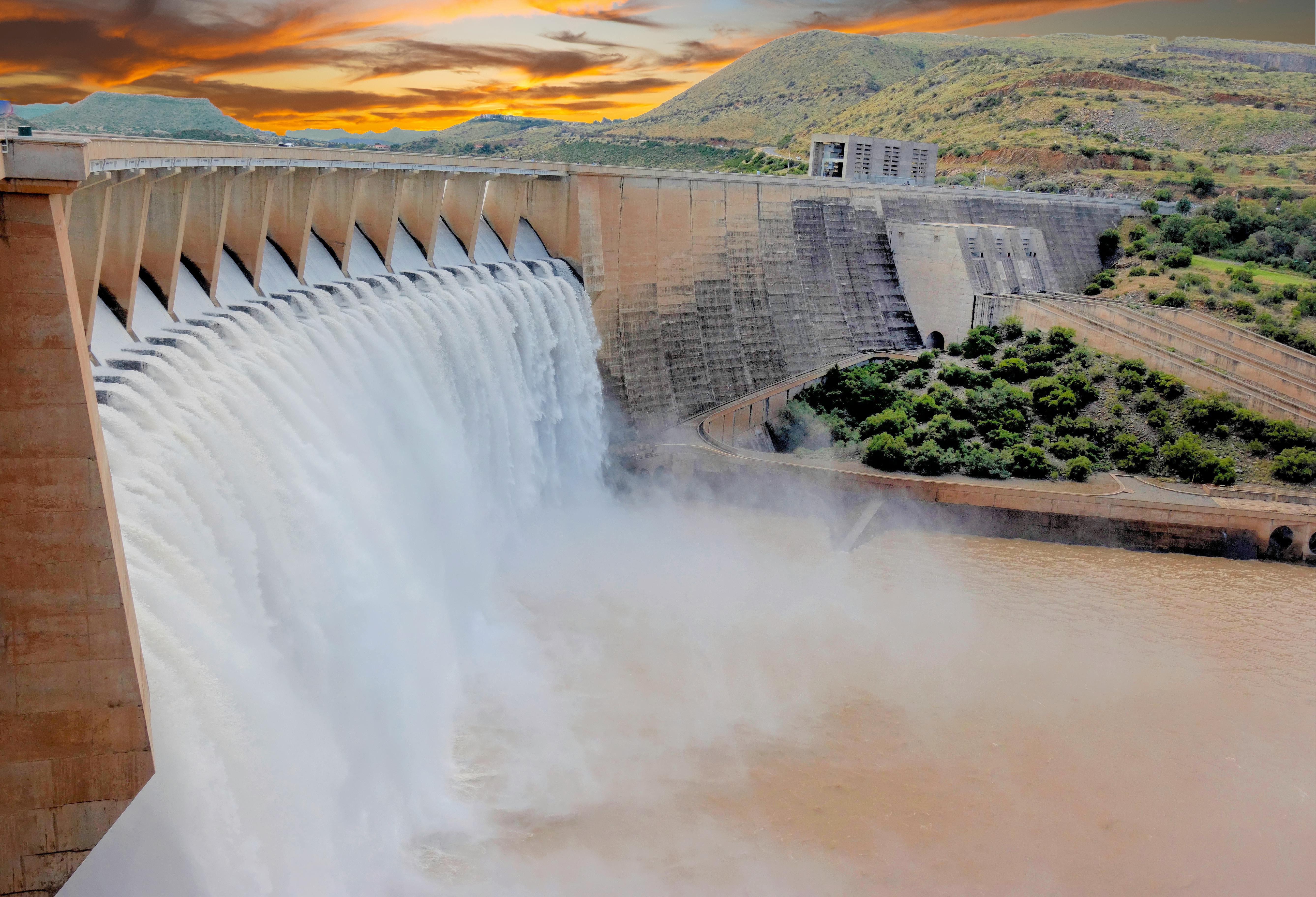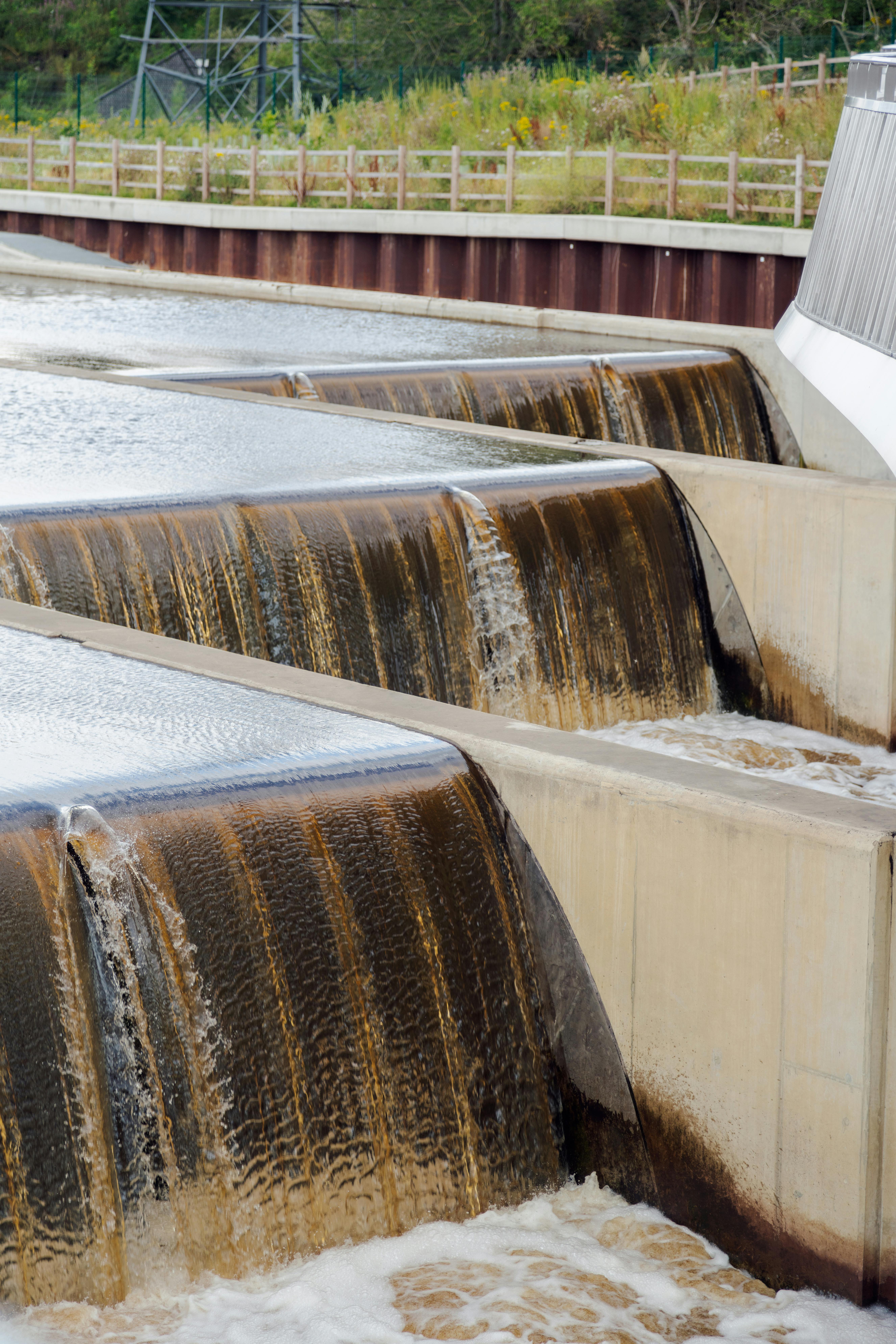A Dam is a barrier constructed across a river or a dry valley to hold water and raise it's level to form a reservoir or a lake.
Dams are constructed to collect surface water. A dam is a good example of a common source of surface water.
Although many people have heard of a dam or even seen it, some of them or rather most of them confuse it with a weir. Briefly I can try and explain the differences between the two.
As you already know the true definition of a dam, you may need to know the true definition of a weir.
A weir is a barrier constructed across the river just like a dam though a weir is constructed across the river to raise the level of water and still allow water to flow over it unlike a dam where water can not pass over it.
A weir can be constructed using stones, concrete or loose stones held by wire mesh.
A dam differs from a weir in that it is designed to impede the flow of water and store as much of it as possible though it however has a spillway provision to allow excess water to flow away.
What you need to know;
Types of Dams
There are seven types of dams namely;
•Diversion Dam - This is a type of dam that diverts all or a portion of the flow of a river from its natural course.
•Buttress Dam - It is also referred to as Hallow dam, this is a type of dam with a solid, water tight upstream side that is supported at intervals on the downstream side by a series of buttresses or supports. The dam wall may be straight or curved.
Most of this type of dams are made of heavy reinforced concrete so as to push the dams on the ground.
•Embankment Dam - This is an artificial type of dam, it is typically created by the placement and compaction of complex semi -plastic mound of various composition of soil, rocks, clay and sand.
•Concrete Dam - Also referred to as gravity dam. This dams usually built in large blocks divided by joints to make the construction more convenient and reduce thermal stress.
•Storage Dam - This is a kind of dam constructed to store water during the rainy seasons, supply water to the local wildlife, and store water for hydroelectric power generation, and irrigation.
•Detention Dam -This kind of dams are built to catch surface runoff and stream water flow to regulate the water flow in areas below the dam. They are commonly used to reduce the damage caused by flooding or to manage the flow rate through a channel.
•Coffer Dam - This is a temporary barrier in or around a body of water which allows the process of de- watering, diversion, or damming of water within an enclosed area. The major purpose of this type of dam is to hold back overwhelming or inconvenient waters and create a dry work environment.
There are typical sequence of events for constructing a dam, some of them involve ;
•Field Survey.
•Sampling and Lab test.
•Diverting the River/Stream.
•Building the dam.
•Filling the reservoir.
•Testing that valves and flood gates work effectively.
•Monitarisation of the new constructed dam.
Before a dam is constructed, a series of survey and sampling is carried out, this is to help out in determining vital and important things of the environment where the construction will take place. The soil in which a dam is to be constructed should be firm, this will be determine after sampling and lab testing. The survey should also give the nature of down stream and the possible consequences if the dam happens to fail.
Streams and rivers are diverted to create a dry area foe the construction of the dam. Soft soils and rocks are excavated to form the route, while the harder rocks are blasted with explosives.
The embankment of the dams are usually earthen. The bottom part of the area behind the dam should have an impervious layer such as clay or rock to prevent water seepage.
The embankment should be fine from trees and bushes to prevent the roots from damaging it and giving rise to water seepage. Grasses should be planted on the embankment to prevent soil erosion.
The wall of the dam is constructed with a wide base/bottom than the top, the widening of the dam increases from the top. This is usually done to counter the pressure at the bottom of the embankment because pressure in liquids increase with increase in depth.
The size of the dam to be constructed is determined proportionally to the width of the stream or river.
In dry areas where streams are seasonal, dams are constructed across the river beds to form sub surface reservoirs on a rock foundation. When the streams dry up, the water is stored in the sand, hence preventing a lot of evaporation. Water is then collected by making shallow holes in the sand to reach it.
Dams are constructed mainly to catch or reserve water which will be used for different purposes.







No comments:
Post a Comment